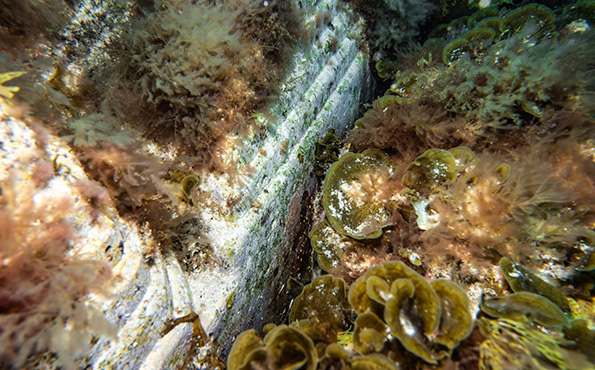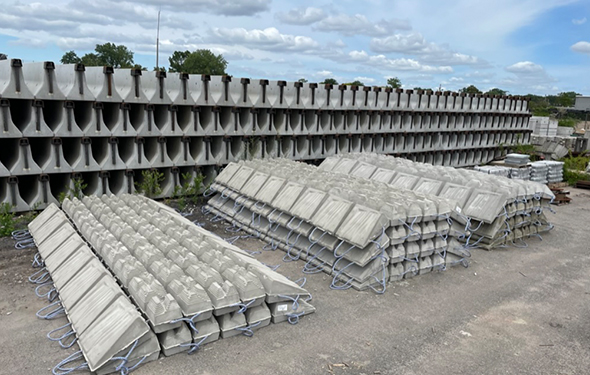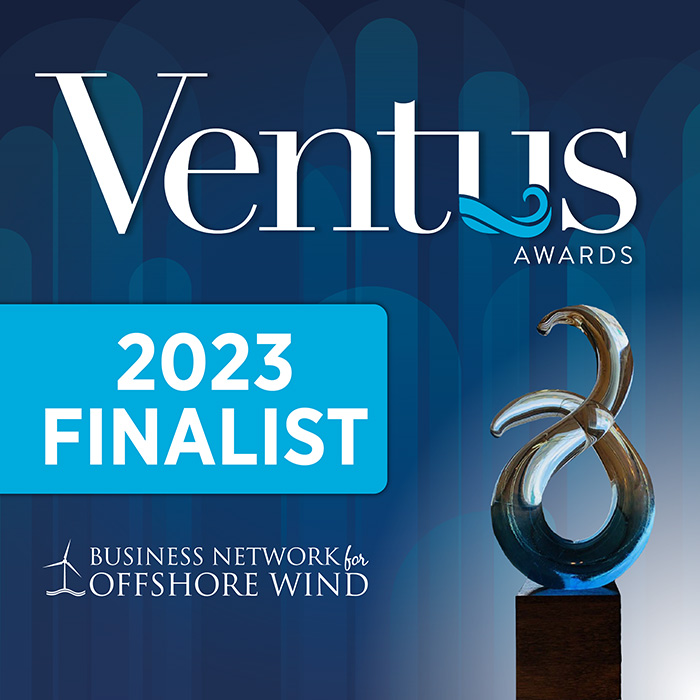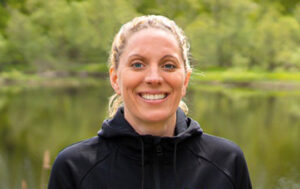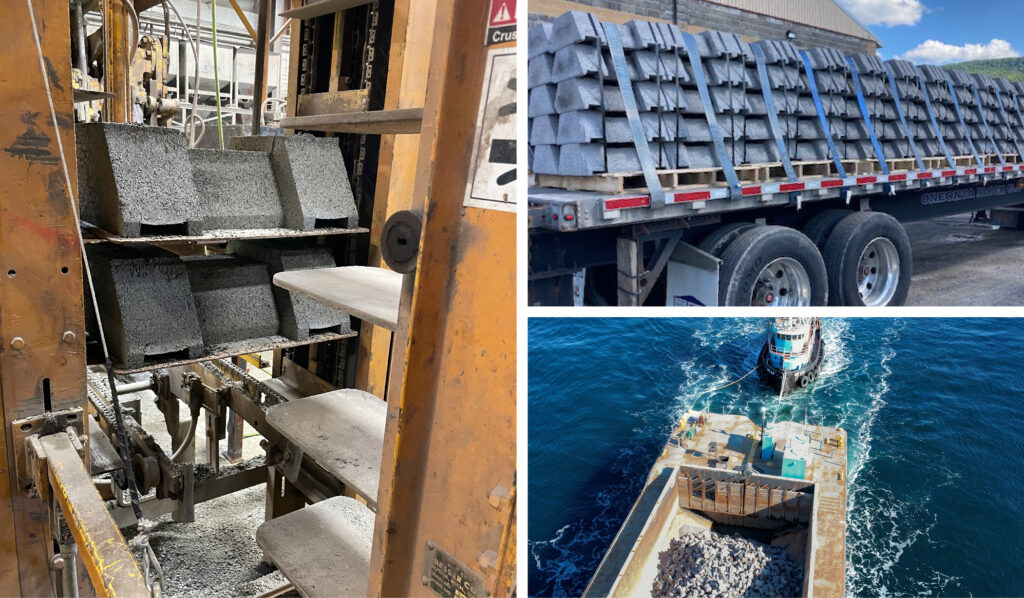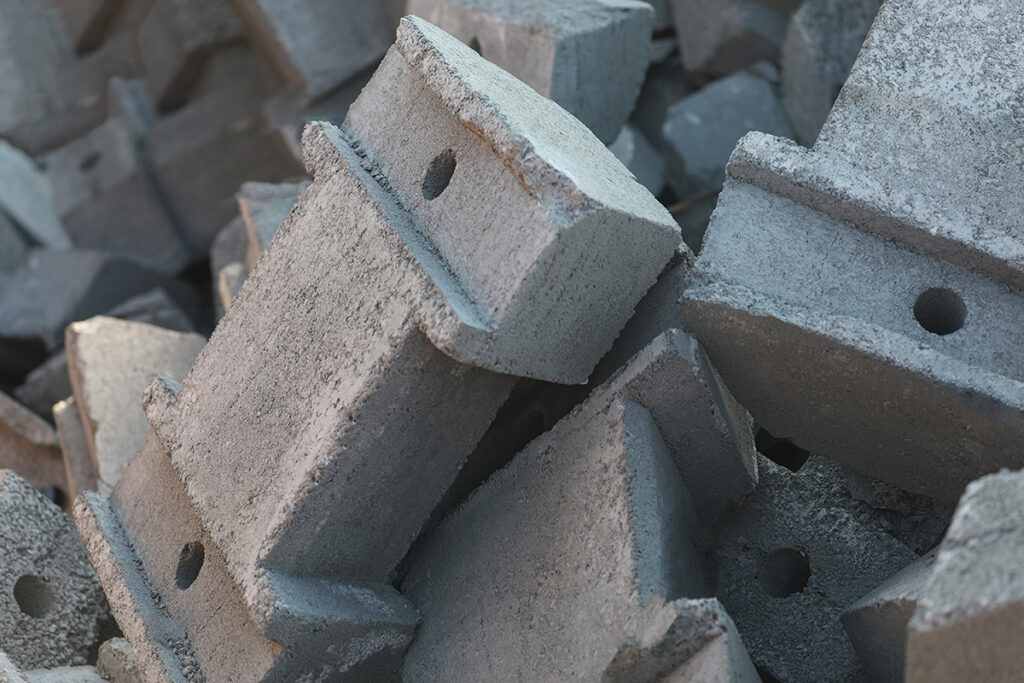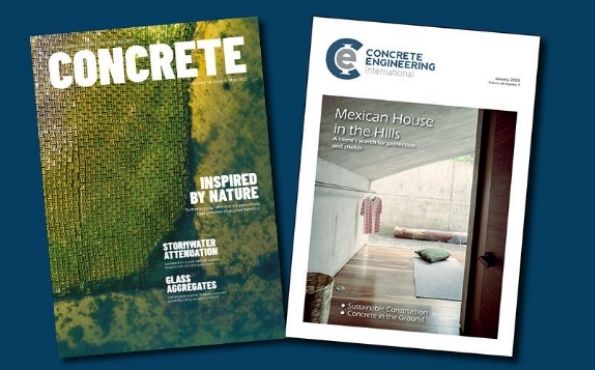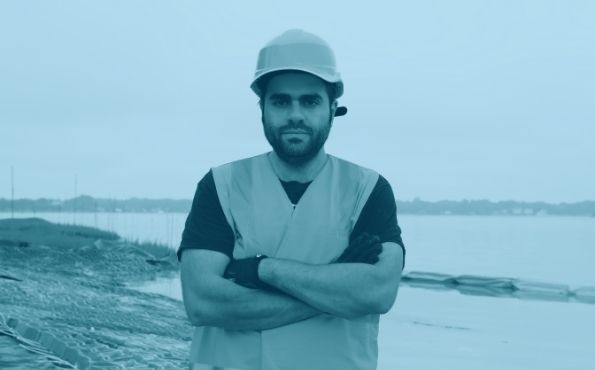ECOncrete’s nature-based solutions offer a self-mitigating alternative to traditional concrete block mattresses, scour protection, and virtually any concrete marine infrastructure. What are the benefits and how can these solutions be applied in the growing offshore wind sector in the United States?
The Biden administration’s recent offshore lease announcements demonstrate their priorities to promote offshore wind energy across the United States. The Inflation Reduction Act (IRA) and Infrastructure Investment and Jobs Act (IIJA) are among the leading legislations supporting offshore wind development. In light of legislative attention and the challenges inherent in offshore wind design, the industry must consider how to maximize structural integrity and lifespan. This critical topic was the theme covered by industry and government experts in our webinar ‘Environmental Considerations for Offshore Wind Development’ in Q4 2022.
When assessing standards for Avoidance, Minimization, and Mitigation Measures (AMMMs), integrating nature-based solutions into ecological offshore wind development produces the best results by minimizing habitat degradation and lessening a project’s carbon footprint.
ECOncrete’s marine mattresses and novel scour protection patented system, the Droplock, are produced with our patented bio-enhancing technology. The units, that can be produced on or near – site, exceed structural standards and benefit the marine ecosystem, as shown in scientific research, peer reviewed papers, and applications in projects around the world.
ECOncrete’s nature-based solutions for scour and cable protection reduce environmental impacts and provide ecosystem services that are not achievable from standard offshore mitigation measures. ECOncrete’s technology was recently referenced in a technical report highlighting effective nature-based design solutions for offshore wind turbine infrastructure by The Nature Conservancy (TNC).
Integrating ECOncrete technology into offshore wind infrastructure and cable protection will:
- comply with environmental regulations,
- self-mitigate material requirements,
- enhance hydrodynamic stability,
- lower the project’s carbon footprint,
- and potentially eliminate decommissioning.
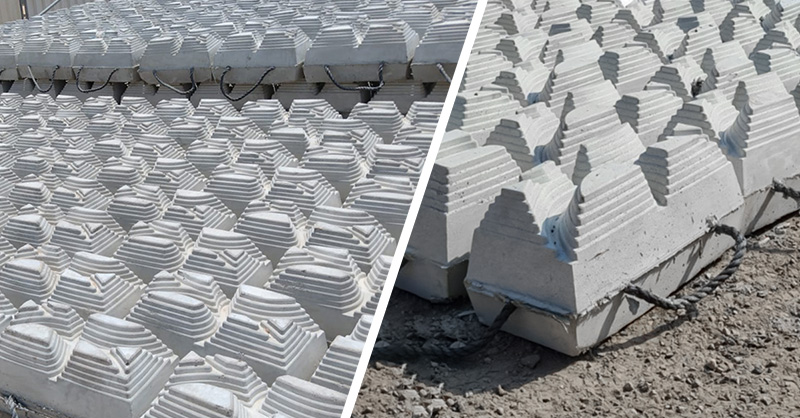
ECOncrete Wet-Cast Articulated Concrete Block Marine Mattress
Novel ECOncrete Foundation & Scour Protection
ECOncrete’s Droplock units act as a filter and armor layer to stabilize turbine foundations (and comparable marine infrastructure) while also mimicking natural marine habitats.
The Droplock minimizes native habitat degradation and supports ecological uplift in offshore wind projects. The Droplock units replace traditionally used quarry rock, which is a poor substrate for marine life. The patented, science-based design of the Droplock, however, promotes marine biodiversity and can reduce the total mass required for scour protection by 30%, producing significant savings on deployment cost and energy.
ECOncrete Cable Protection
ECOncrete articulated concrete block mattresses (ACBMs) should be used for cable protection measures, thereby increasing opportunities for native benthic enrichment and promoting the development of a living layer that reinforces the structural foundation. Research published in a peer reviewed journal about ECOncrete marine mattresses quantifies the significant structural and ecological benefits when compared to control structures.
Decommissioning
The impacts of decommissioning is another factor to be analyzed in offshore development. There are two main construction alternatives: the removal of scour protection and rock filling, or leaving scour protection in place as undisturbed as possible.
ECOncrete’s bio-enhancing mattresses and scour protection units both create thriving ecosystems, the existence of which strengthen the argument to leave scour protections in place, thus avoiding further disruption of the benthic ecosystem and saving decommissioning costs.
ECOncrete provides a win win solution that benefits project owners, structures, and the local environment. ECOncrete’s innovative technology has much to offer this burgeoning industry.
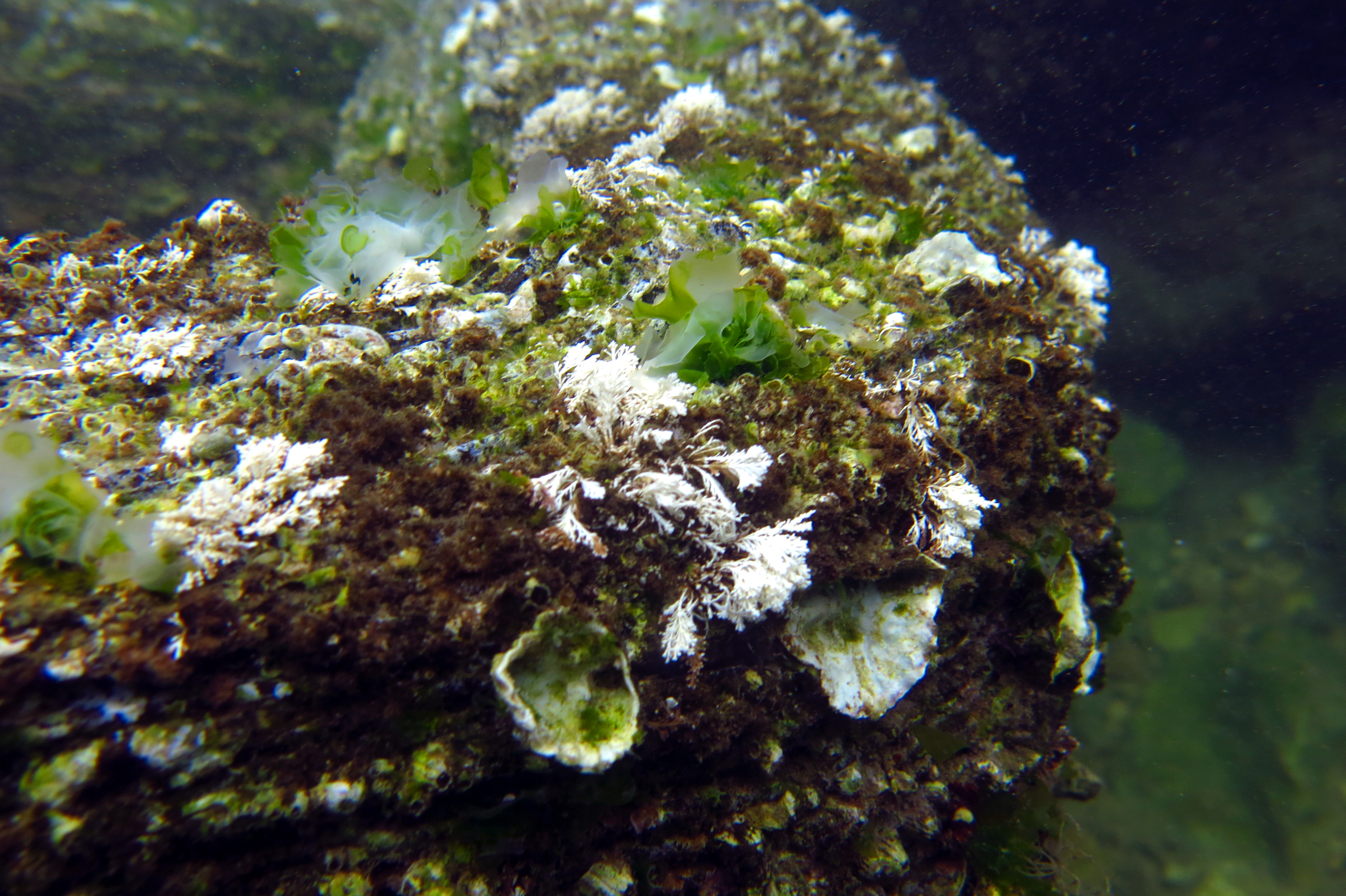
Marine Life Settlement on ECOncrete Unit
Award Winning Technology
ECOncrete’s patented bio-enhancing technology combines chemically balancing concrete admixture, complex surface textures, and science-based macro design. The technology is used around the globe, backed by a decade of research and experience, and can be integrated into any marine concrete infrastructure. It complies with industry standards and provides proven ecological benefits. Learn about our pilot project developing and monitoring bio-enhancing scour protection here.
ECOncrete is furthermore featured in the Dutch government Nature-Inclusive Design Catalog for offshore wind infrastructure, as well as the Wind Energy Monitoring & Mitigation Technologies Tool developed by the International Energy Agency Wind Task 34 (WREN), the Pacific Northwest National Laboratory, and the National Renewable Energy Laboratory.
